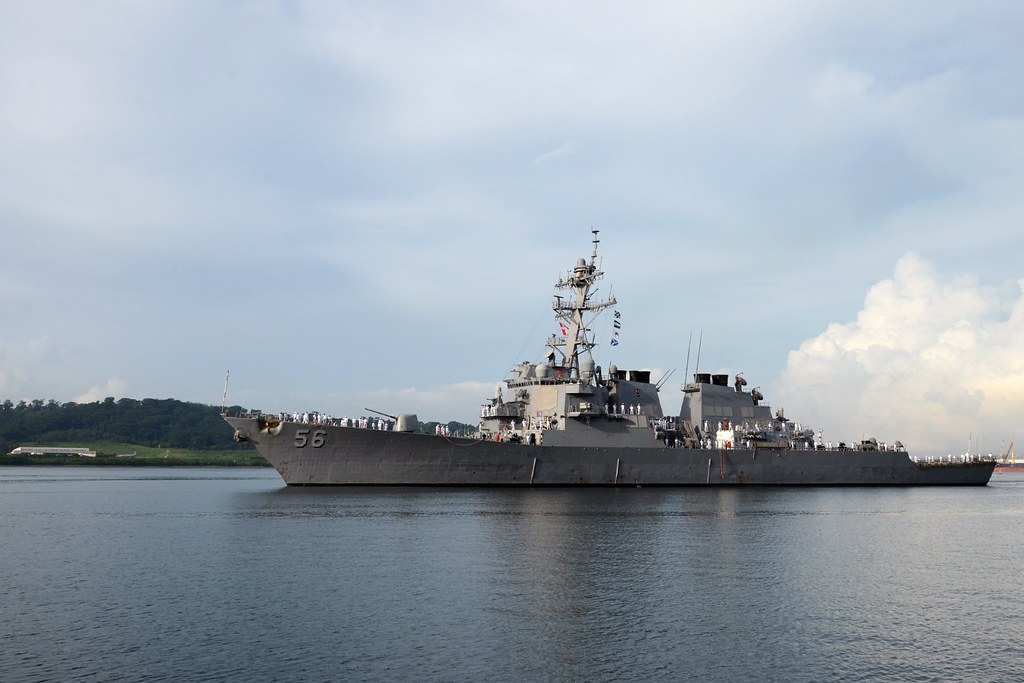| Evolved Seasparrow Missile (Wiki Info - Image: Wiki Commons) |
Royal Australian Navy warships will be better protected against the threat of anti-ship missiles following a decision that opens the way to equip the ships with an upgraded version of the Evolved Seasparrow missile system, the Minister for Defence, Senator David Johnston, announced today.
Australia has elected to continue its participation in the NATO Seasparrow Consortium Evolved Seasparrow Missile (ESSM) program that commenced in 1990.
Senator Johnston said the First Pass Approval for the upgraded ‘Block 2’ version of the Evolved Seasparrow missile would lead to a significant boost in Australia’s ability to defend its fleet against the next generation of anti-ship missile threats by delivering a more sophisticated ship self-defence missile to the Navy. The Block 2 upgrade will primarily focus on developing improvements to the missile’s guidance system.





















